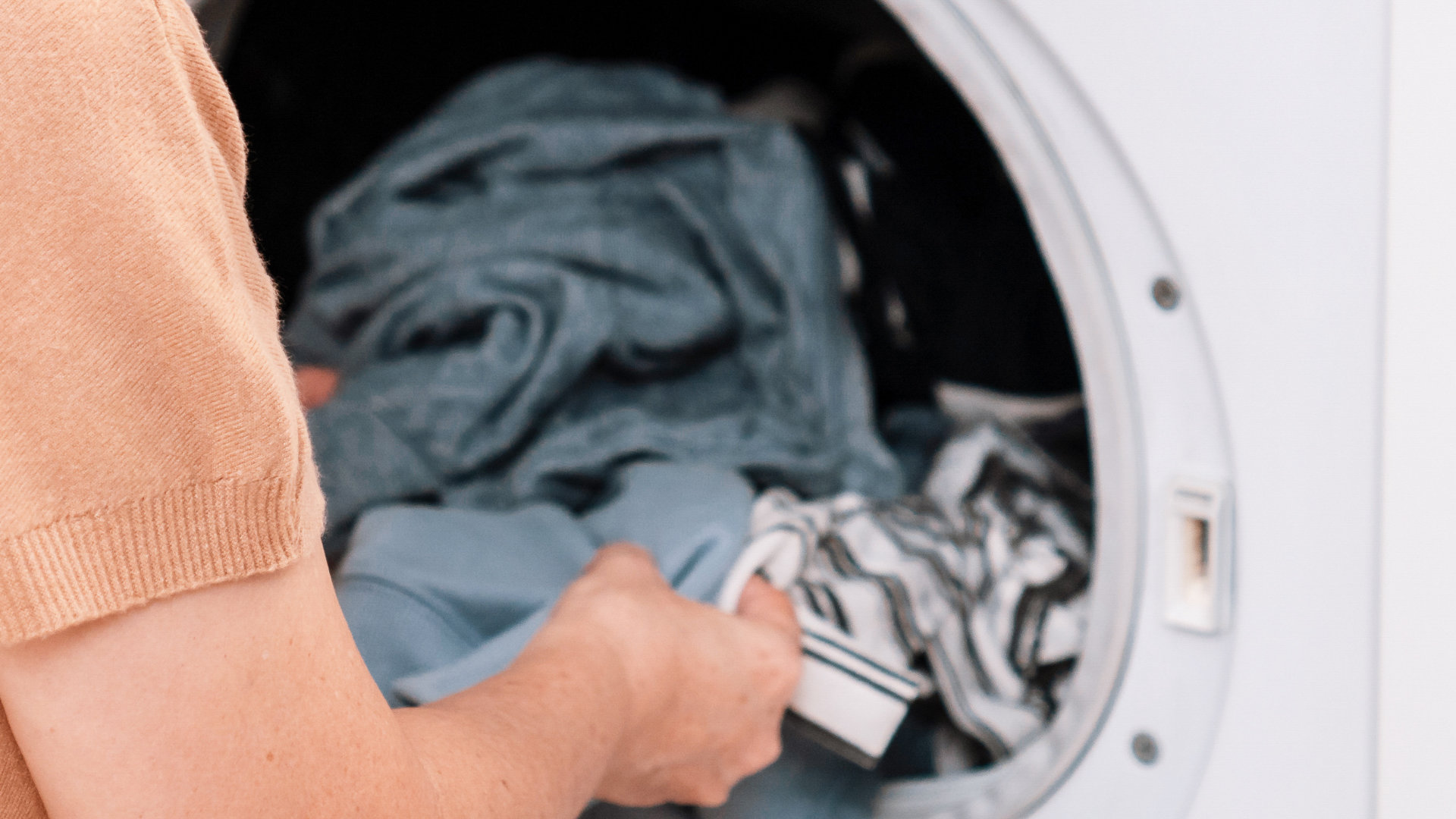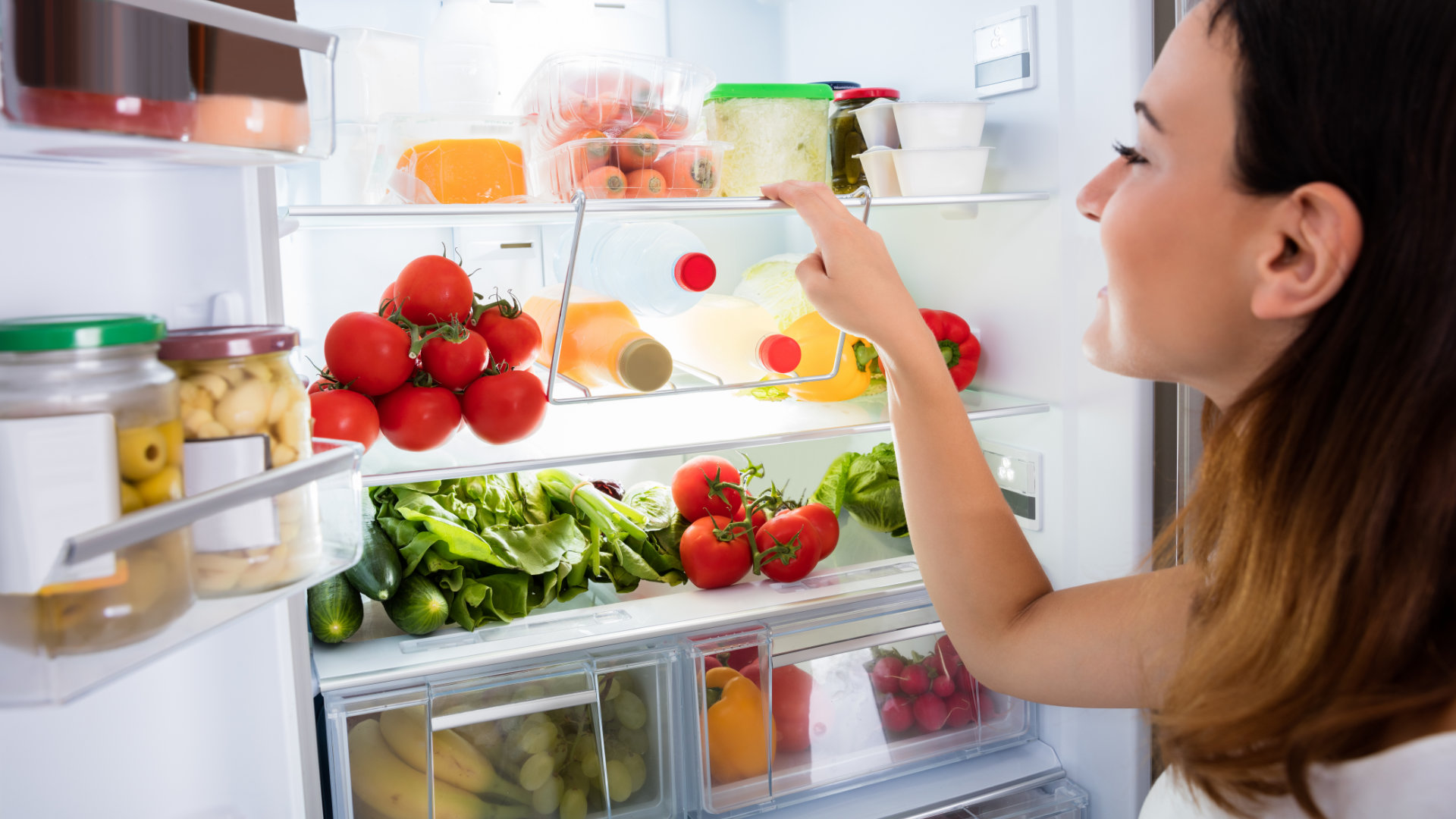
We interact with the refrigerator many times a day. Preparing a single meal can mean opening the fridge once or a dozen times. We flip the fridge open; we kick the door shut. But the one thing you need to count on is the seal of your refrigerator door. When you nudge the fridge door shut, it needs to stick and stay sealed air-tight to lock in the cold and preserve your food.
If your fridge door falls open easily or doesn’t seal with the frame, then you’re losing power and airflow. Most fridge door repairs are quick and easy. There’s a good chance that you could repair your fridge door with a few small adjustments. However, there are one or two more extensive repairs that might be required to solve your personal fridge door problem. The best place to start is at the beginning, by giving your fridge door a thorough checking and eliminating possibilities as you go.
Obstruction Check
The first place to check is the items inside your refrigerator. It’s not always obvious when a box or stack of stored food is blocking the refrigerator door from closing. A heavy food item that can’t push back might be obstructing the shelves from folding in correctly. Or there might be packaging stuck in the back hinge or gap of the door, keeping it from closing.
Check all the items in your fridge. Push everything on shelves back a few inches and make sure all drawers and compartments are closed completely. Large boxes and beverage containers are the most common for obstructing the door because they are heavy and not easily pushed by the force of the door closing.
Level the Fridge
Grab a bubble level from your tool kit. This can tell you whether the fridge and/or the fridge door are standing level. If the fridge is not level, the door may not swing right. If the door is not level, it will hang crooked and not seal completely.
Check the level of the fridge first. If the top and bottom of the fridge aren’t level, then the problem is with the feet. Twist the feet of the fridge to extend or retract them until the fridge is level. Wear your work gloves for this.
Second, check if the door is level. If the door is not level, you will need to tighten or adjust the hinges, which we’ll cover last.
Gasket Maintenance
The next thing to investigate is the gasket seal. The gasket is the rubber lining around the fridge door that helps it seal to the fridge compartment when closed. This gasket needs to be clean, soft, and smooth to make the best possible seal, as well as aligned properly. If the fridge gasket is dirty, grease or grit might interfere with the quality of the seal. A seal that is old and hardened won’t create suction. Gaskets that are twisted or damaged can’t form a seal with the refrigerator compartment.
There are a few remedies available, depending on what’s wrong with your seal. Start by washing the gasket with a sponge and warm soapy water. Dry the gasket and test the seal quality. If the gasket is hardening, a thin layer of petroleum jelly can improve the suppleness and seal of the rubber connection.
For a gasket that is too hardened or is damaged to seal at all, it’s time to install a new gasket. This can be done surprisingly easily and is not an electrical repair. Underneath the flap inside the door is a ring of fastening bolts. Loosen these, do not completely remove them, to pull out the old gasket. The old gasket will have been attached by a long invisible flap layer behind the inner fridge door panel. Then fit the long flap of the new gasket into place. Tighten the fastening bolts and test your seal.
Hinge Adjustment
If the fridge door is clearly hanging eschew on the hinges or is measurably not-level to your level fridge, then the problem may be the hinges. Hinges are what holds a door upright and level. For example, if the top hinge is too tight, the door might angle upward. If the top hinge is too loose, the door might slouch downward. Most of the time, unevenness is caused when hinges have become loose over time.
Simply tightening the screws or bolts on your fridge hinges can be enough to fix the problem. You can access the hinges by removing the hinge cap covers at the top and bottom of your refrigerator door. Start by tightening the hinge mounting screws. Then study the hinges or look up your fridge mechanism to determine how to level your refrigerator door by adjusting the upper and lower hinges.
Through fridge door adjustment, you can carefully alter the fridge door’s balance. With a little finesse, you can not only make the door hang level again, but you can also help it to swing smoothly closed and sealed with a nudge. A little hinge balancing can go a long way.
Repairing Your Refrigerator Door Seal
The first step is hunting down the reason your refrigerator door isn’t sealing or staying shut. Whether it’s a problem with the level-and-seal or a problem with the gasket quality, these are problems you can often fix at home without help. However, if the problem is the hinge or if your fridge door has an integral latch as some models do, you may want to call for professional repairs instead. The help of a professional appliance repair technician can help you deal with complex repairs and heavy tasks that are difficult to do with finesse DIY.
A fridge door that is not sealing closed or staying closed is one of the most mechanical problems you can tackle. The good news is that it’s not electrical, and there is no risk of shock repairing the door seal when the fridge is plugged in. Whether you decide to tackle your door repair on your own or call for repairs, contact us, and we’ll be happy to help.
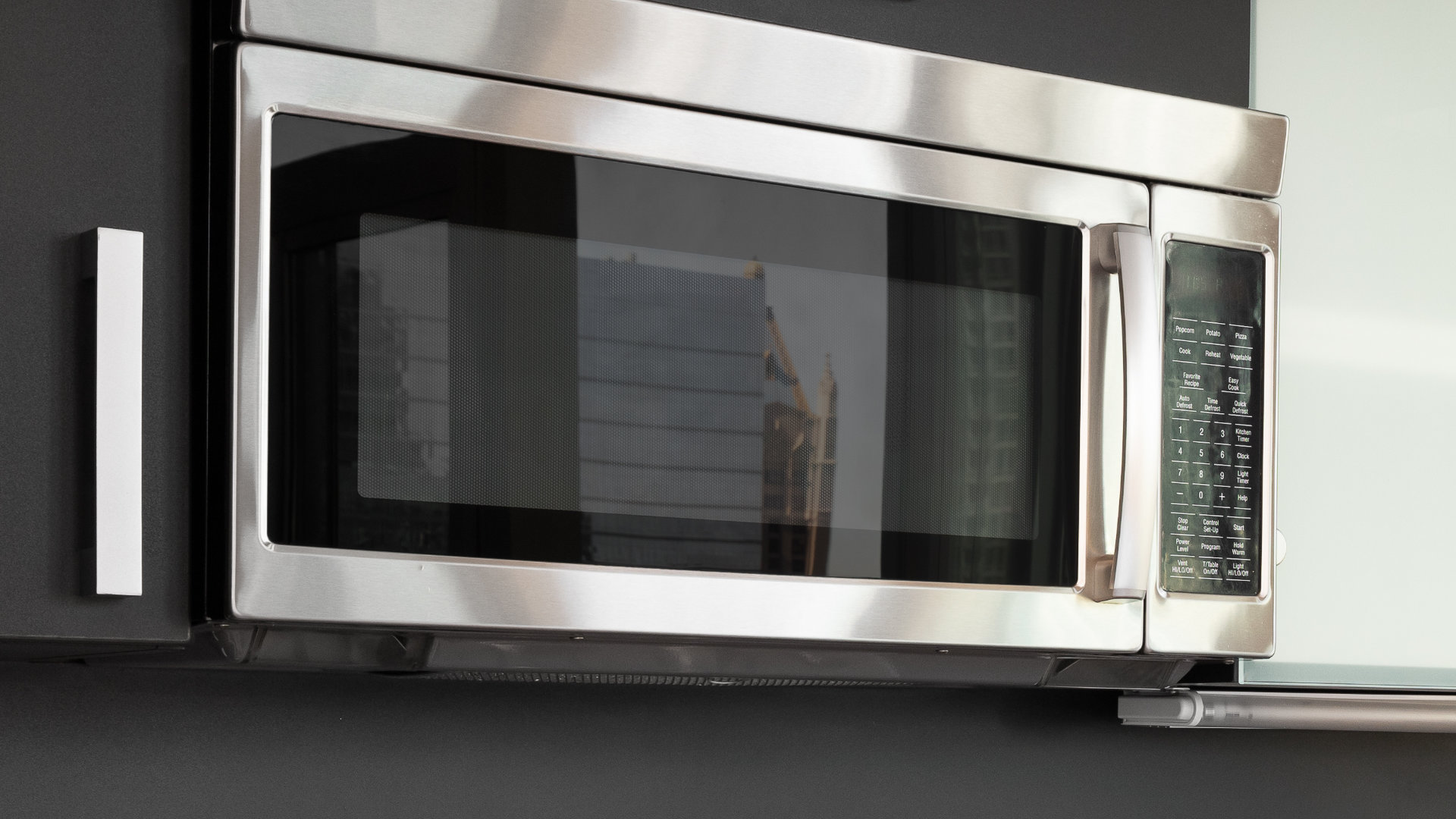
Your Guide to Whirlpool Microwave Replacement Parts
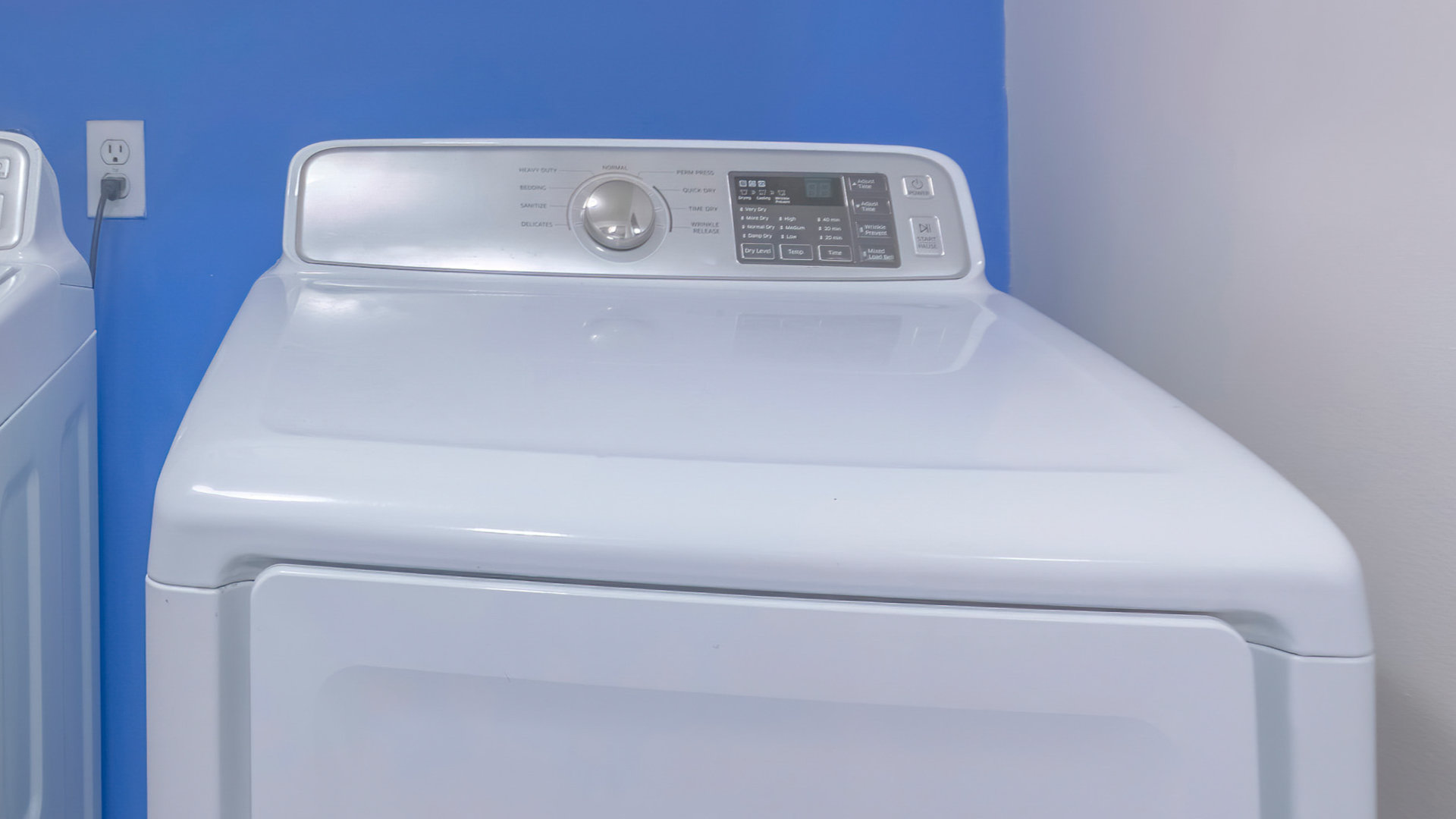
What to Do When Your Kenmore Dryer Won’t Start
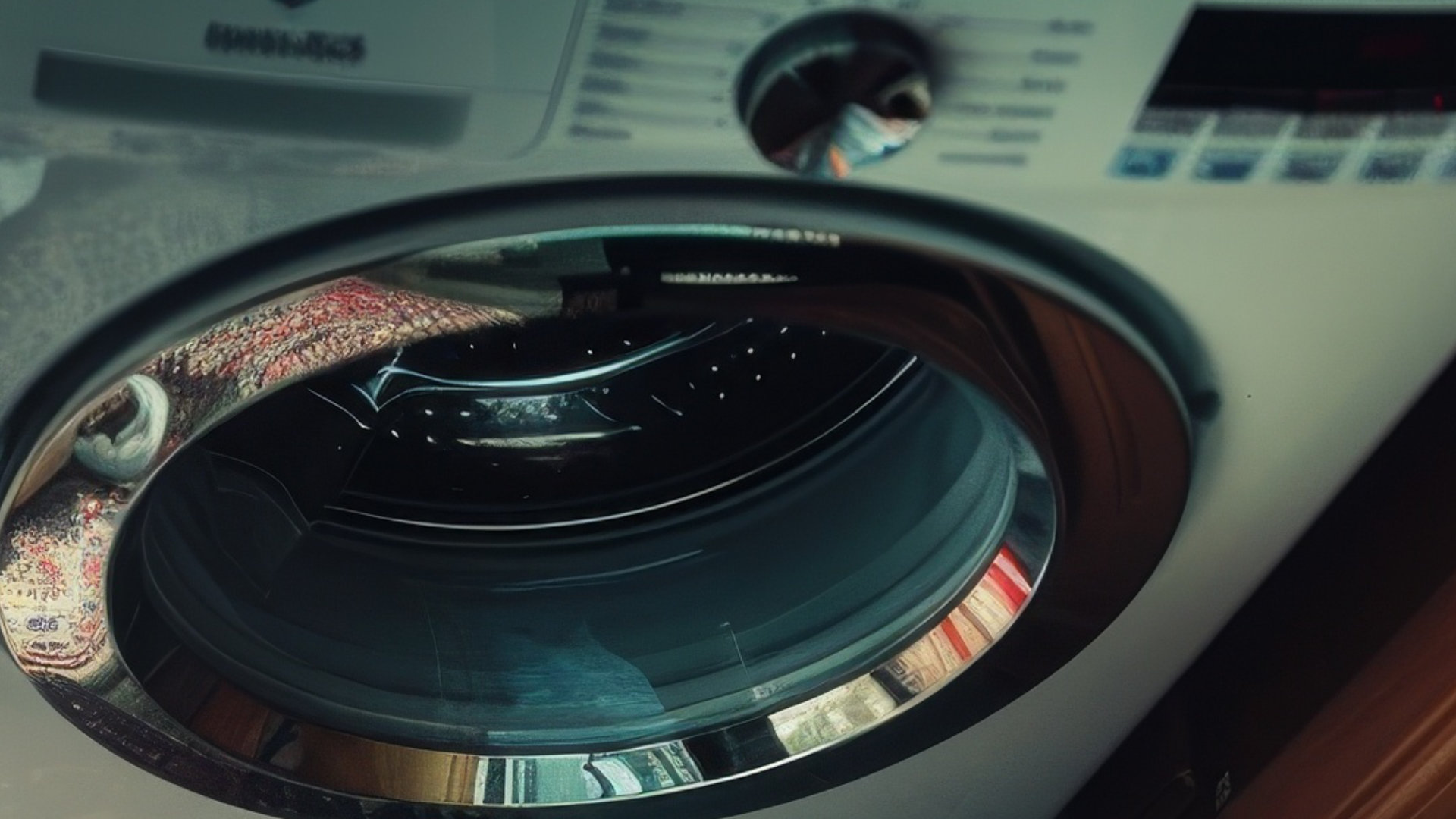
How to Resolve the LG Washer LE Error Code
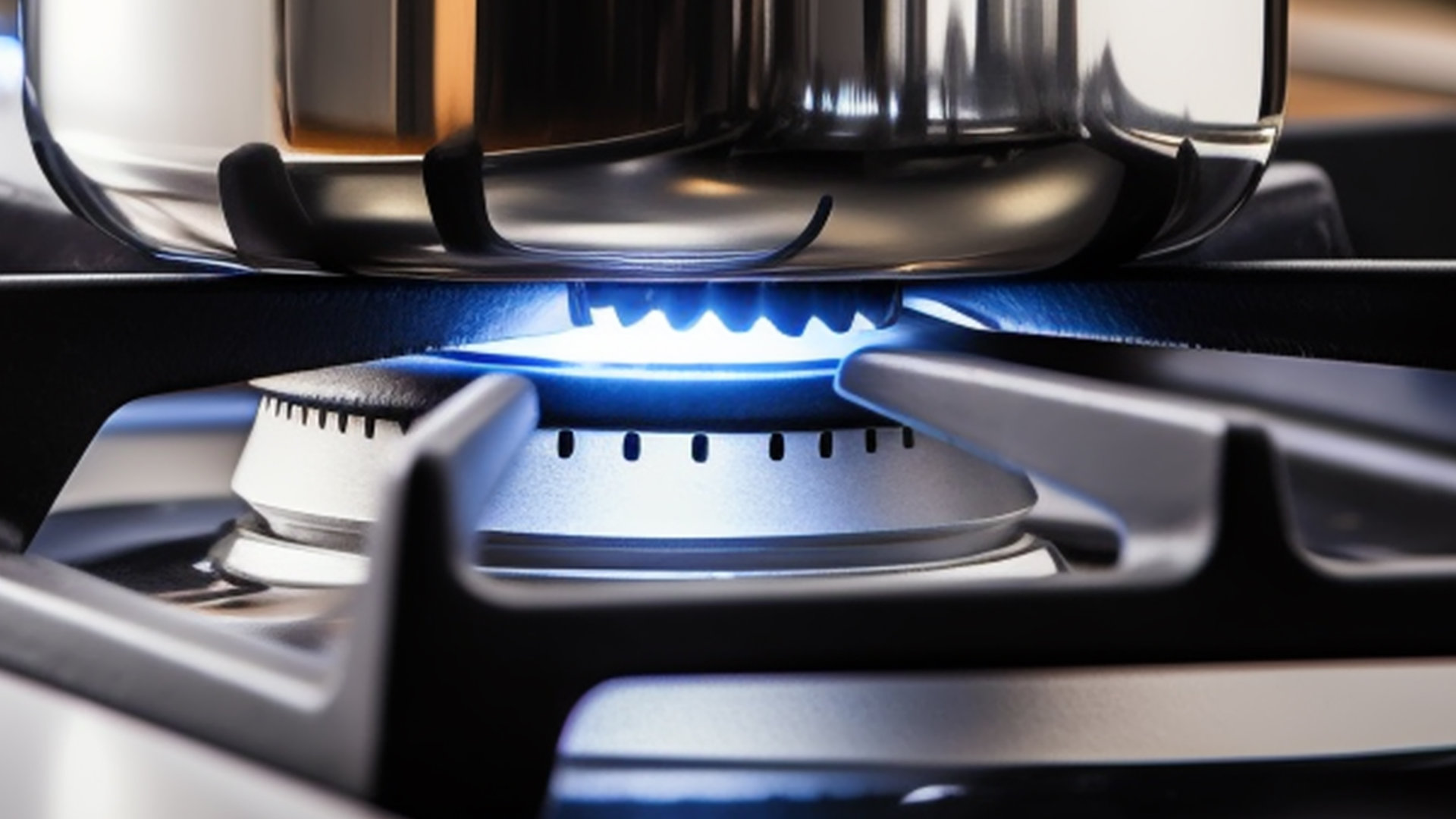
Why Does My Oven Smell Like Gas? Causes and What to Do
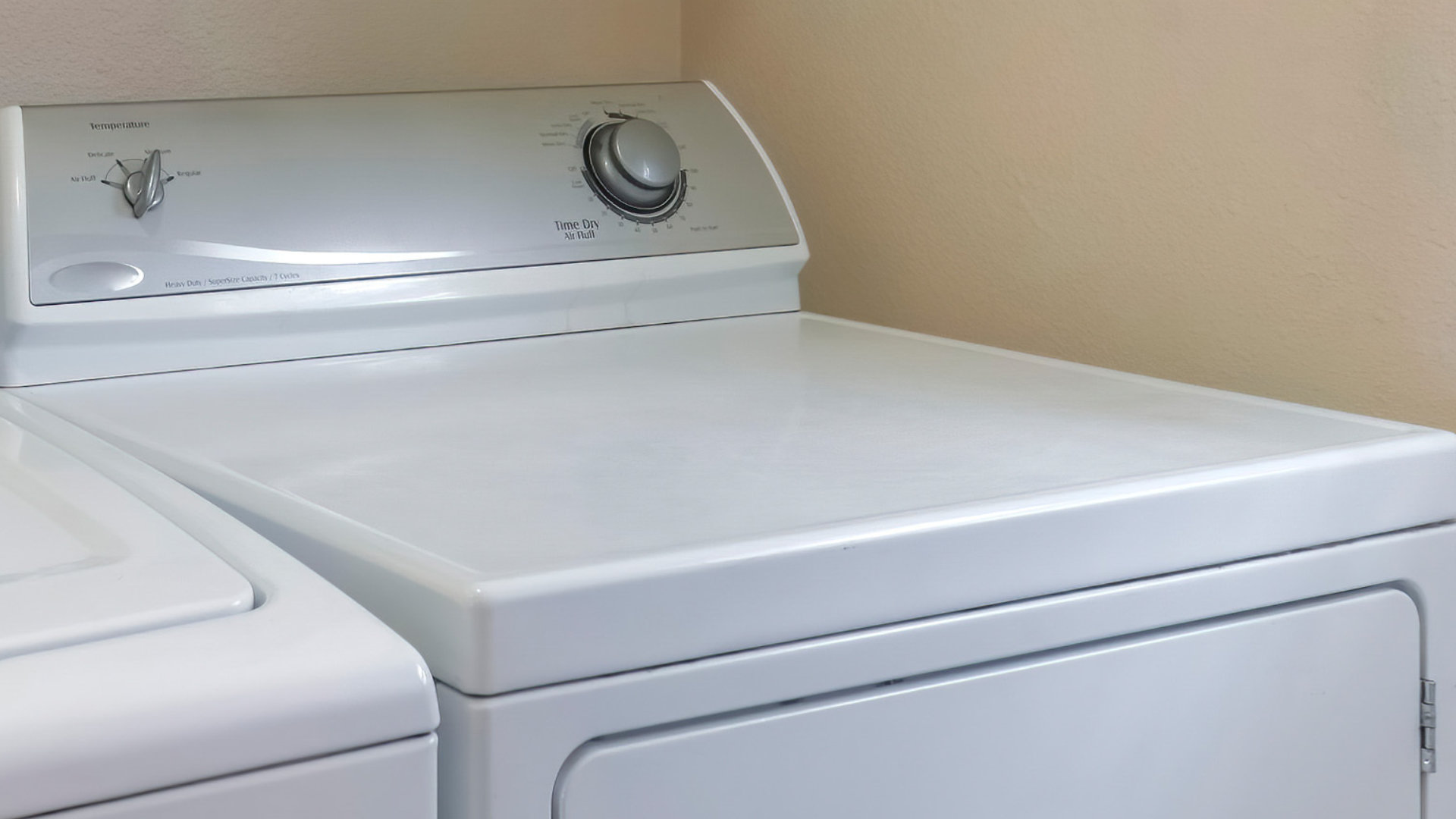
Maytag Dryer Not Heating? Here’s How to Fix It
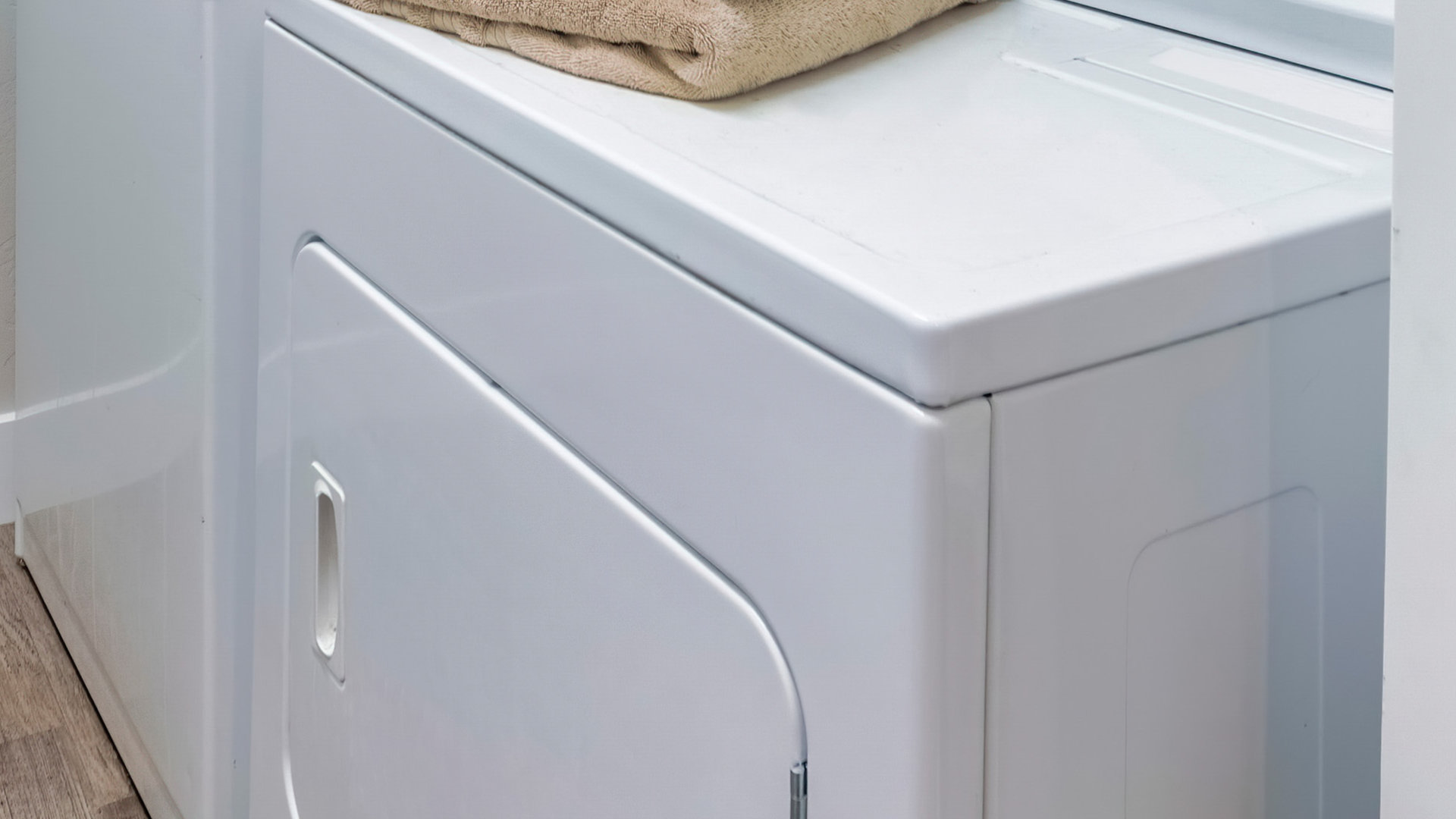
6 Common Reasons Your Speed Queen Dryer Isn’t Heating
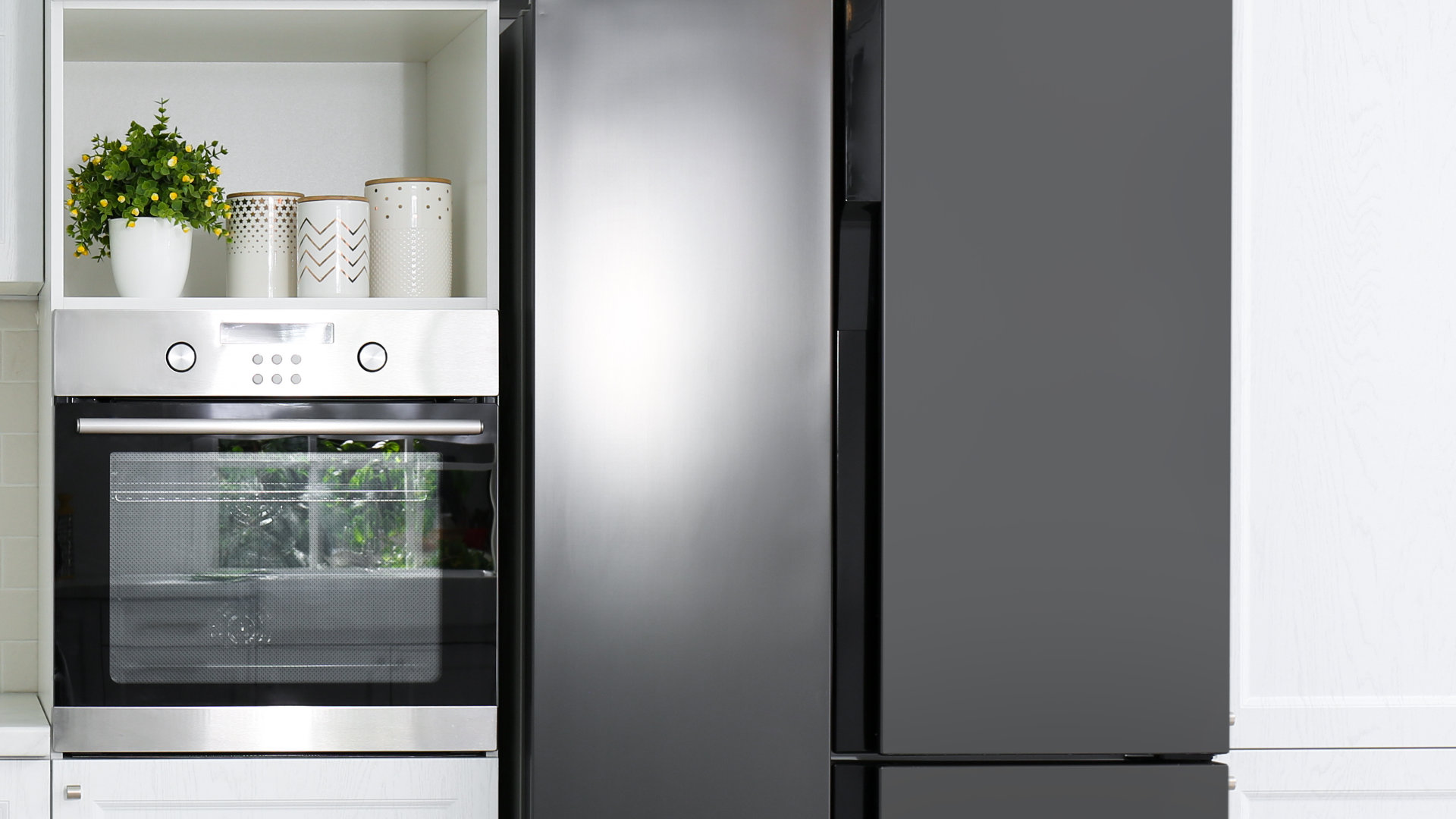
8 Reasons Your Samsung Refrigerator Is Not Cooling
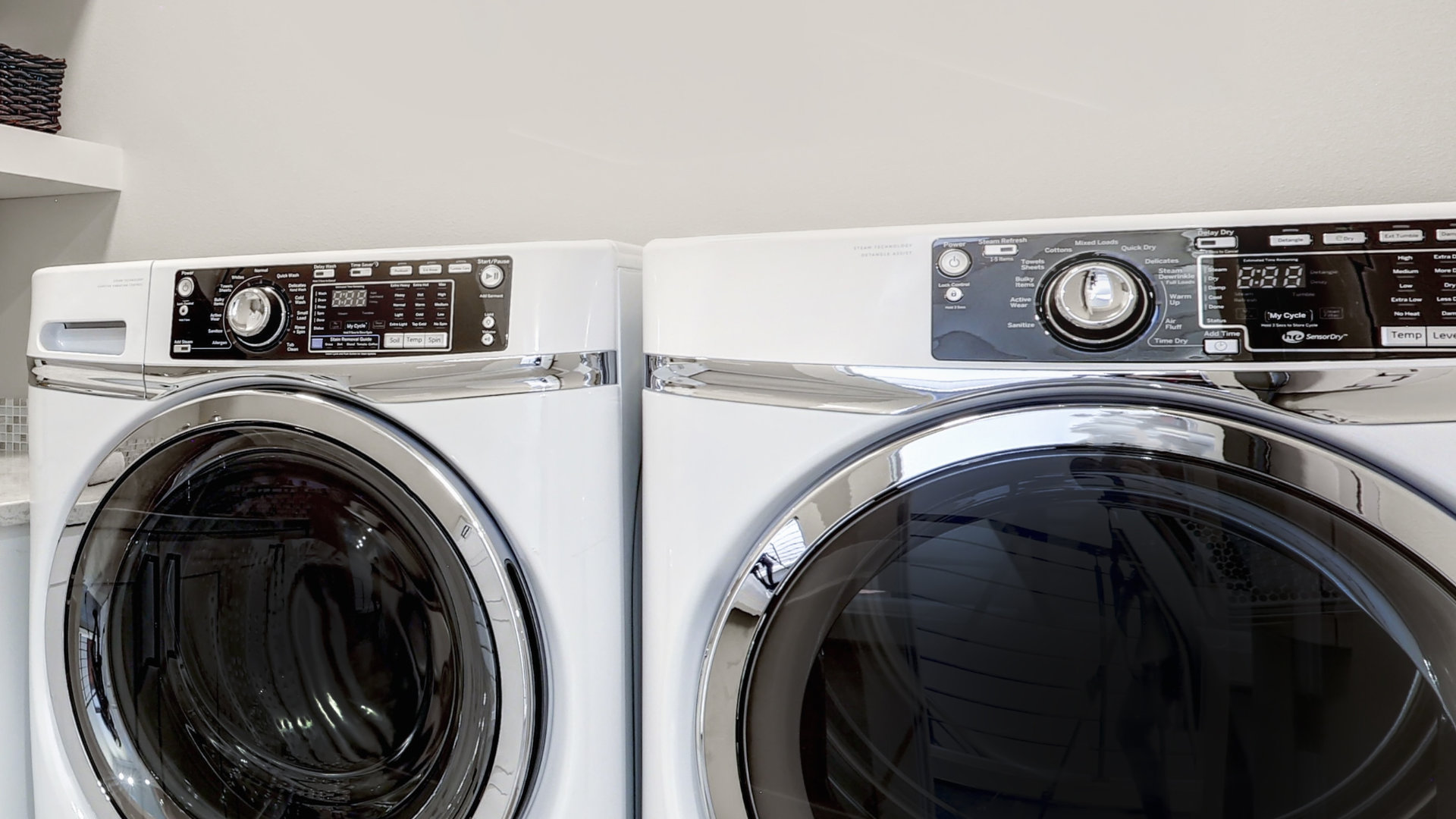
9 Most Reliable Washer and Dryer Brands

How to Get Ink out of Your Dryer the Easy Way
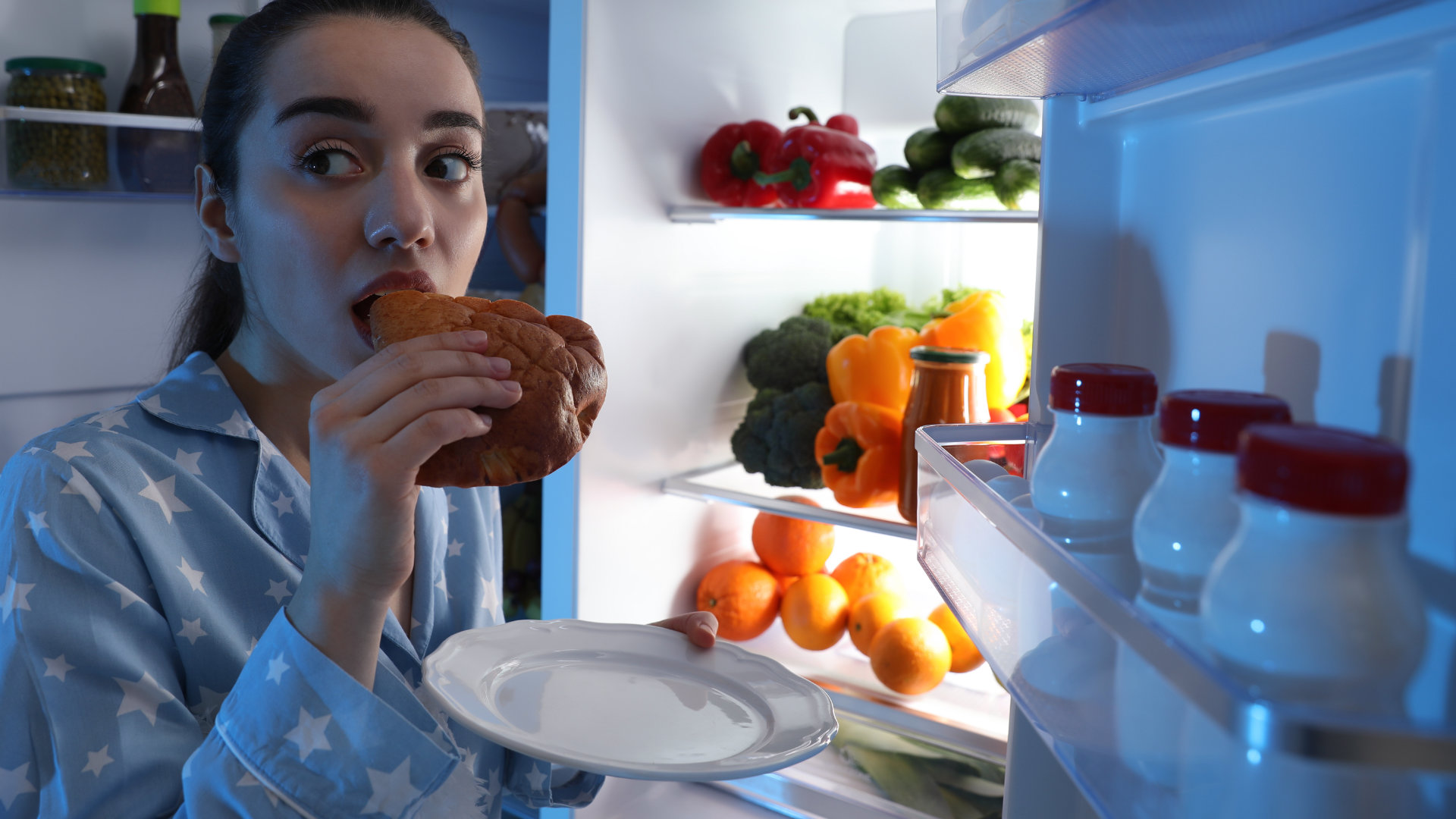
Why Is My Fridge Making Noise That Stops When the Door Is Open?
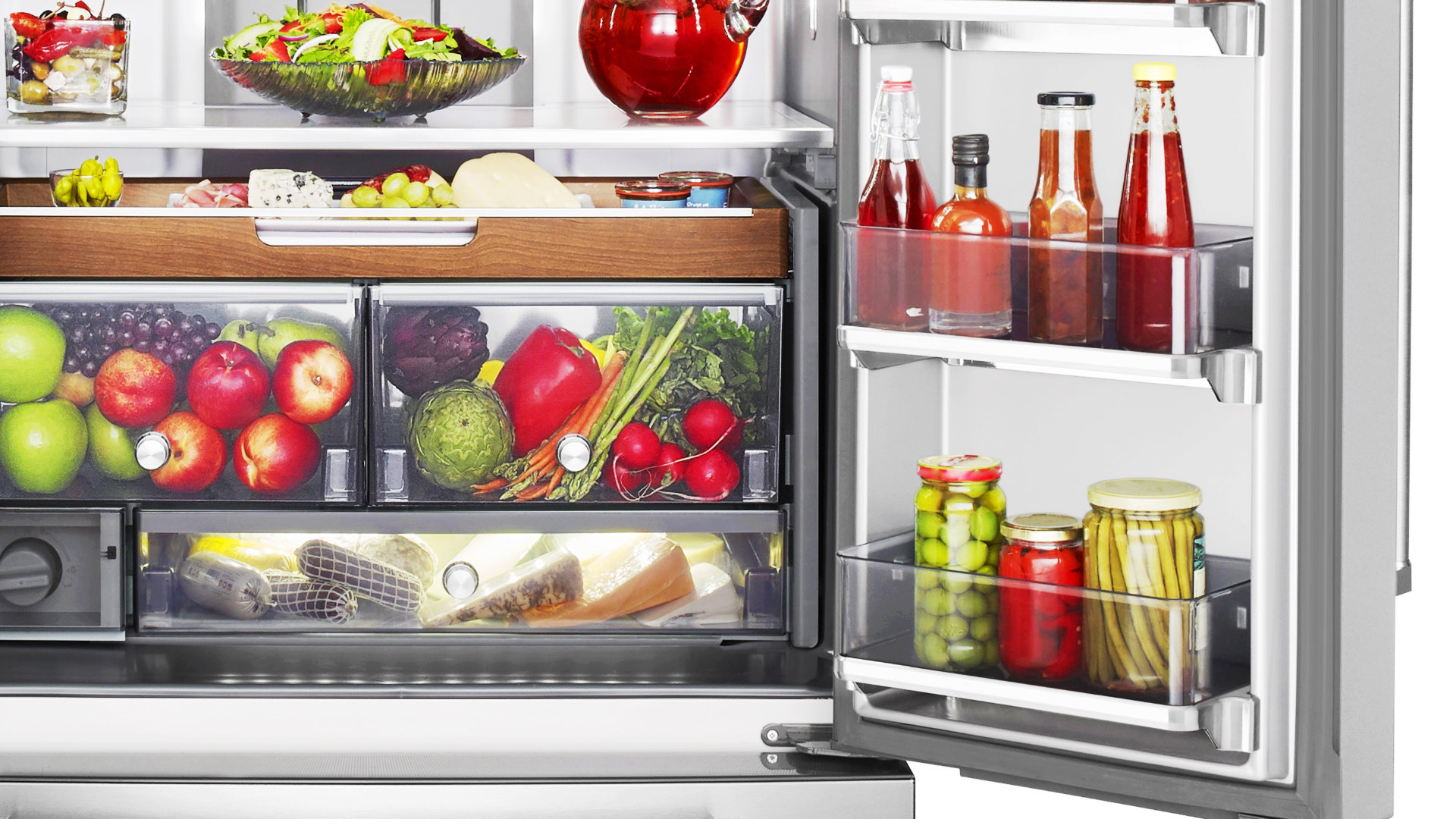
Frigidaire Refrigerator Error Code H1: Causes & Solutions
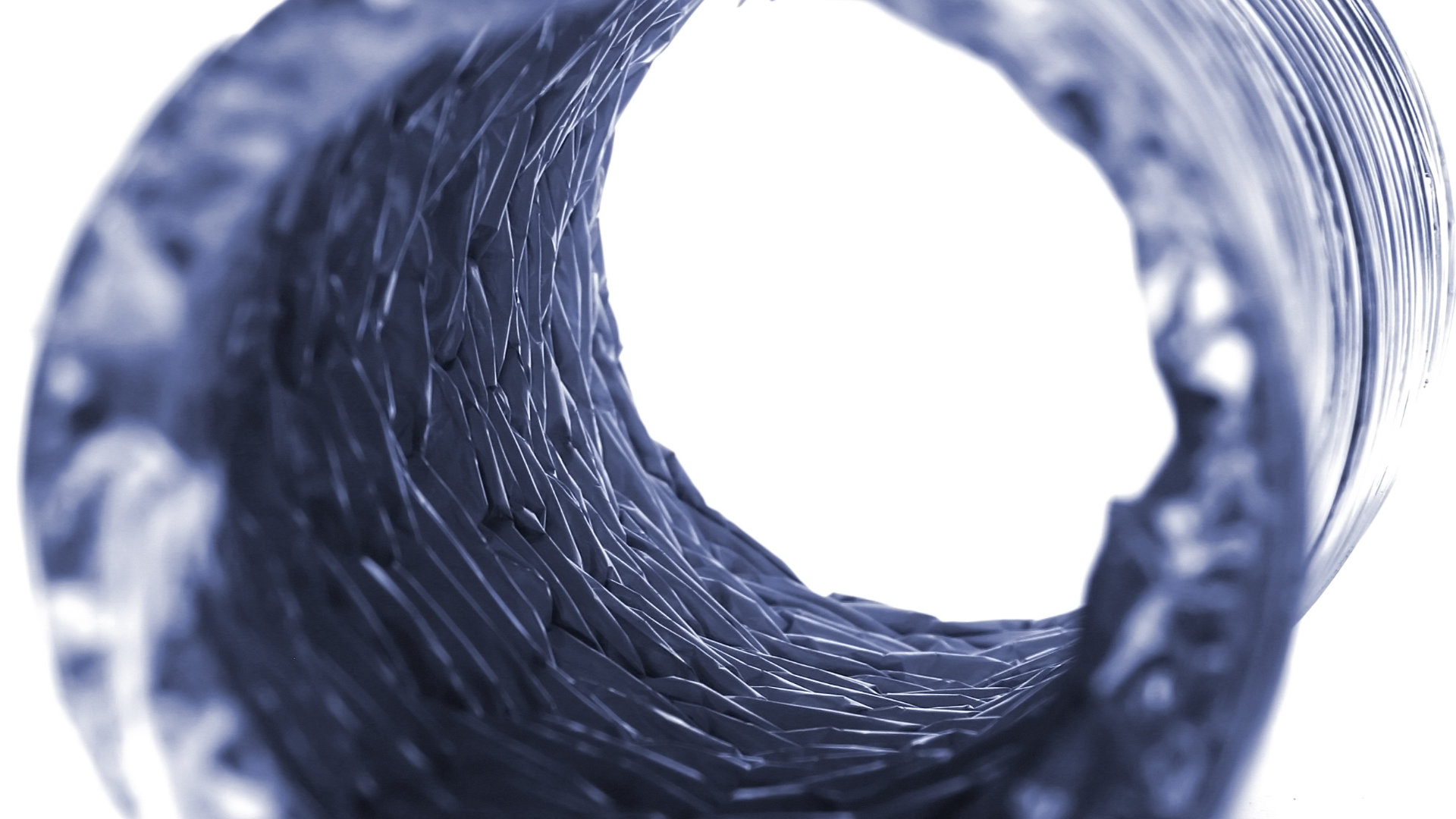
How to Clean a Dryer Vent Without Moving the Dryer
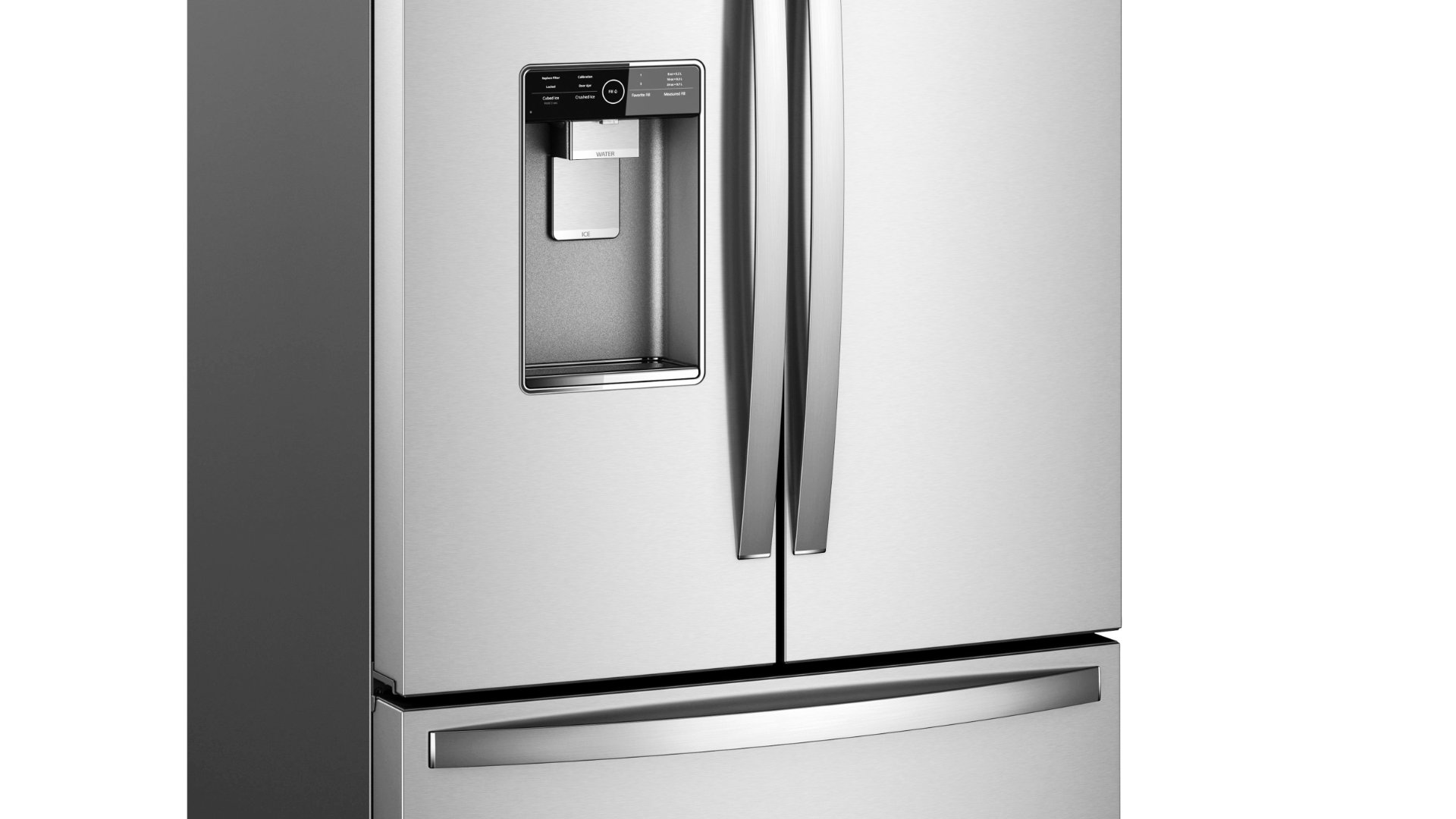
9 Reasons Your LG Refrigerator Isn’t Cooling
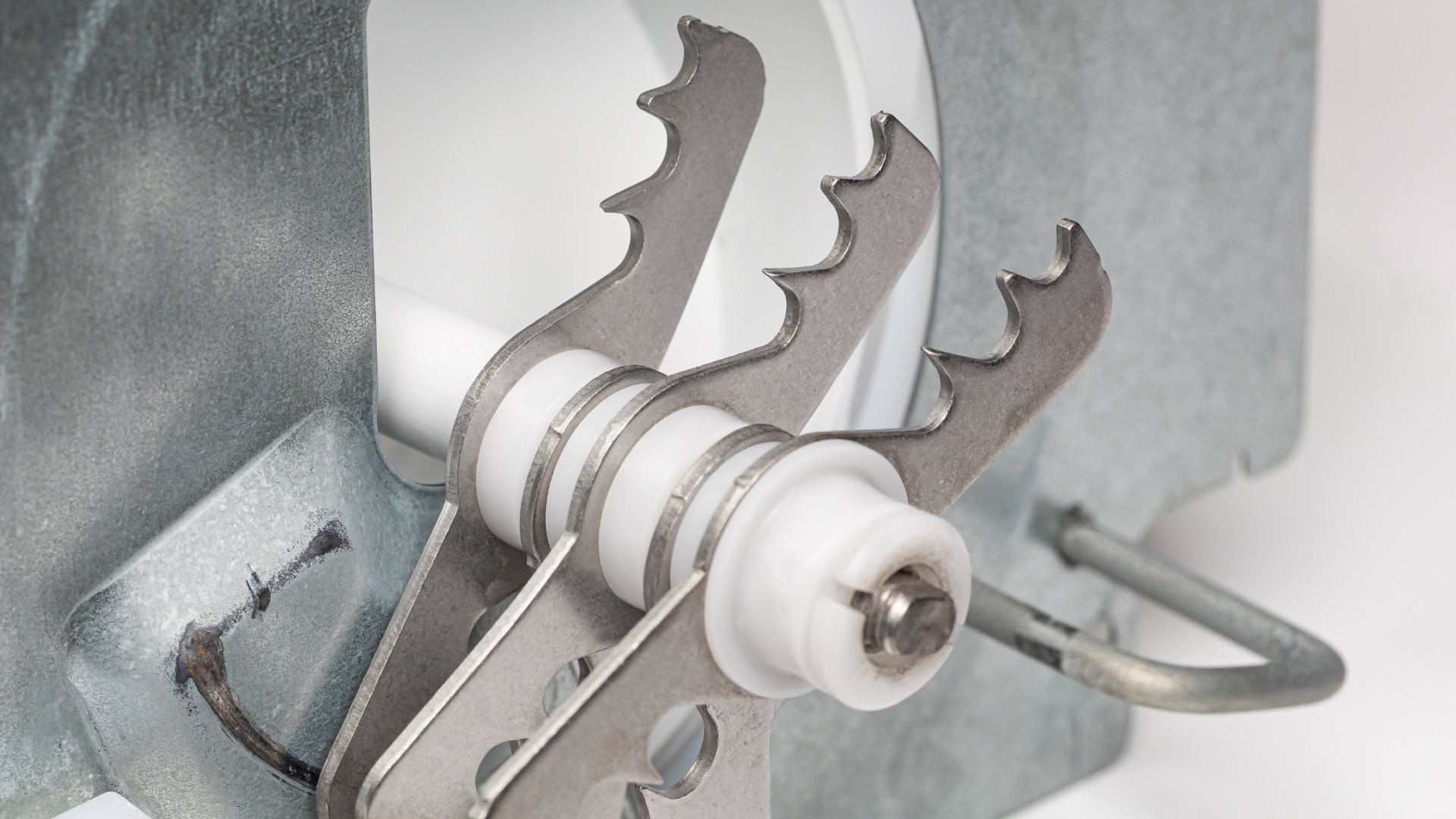
LG Refrigerator Not Making Ice? Here’s What To Do!
